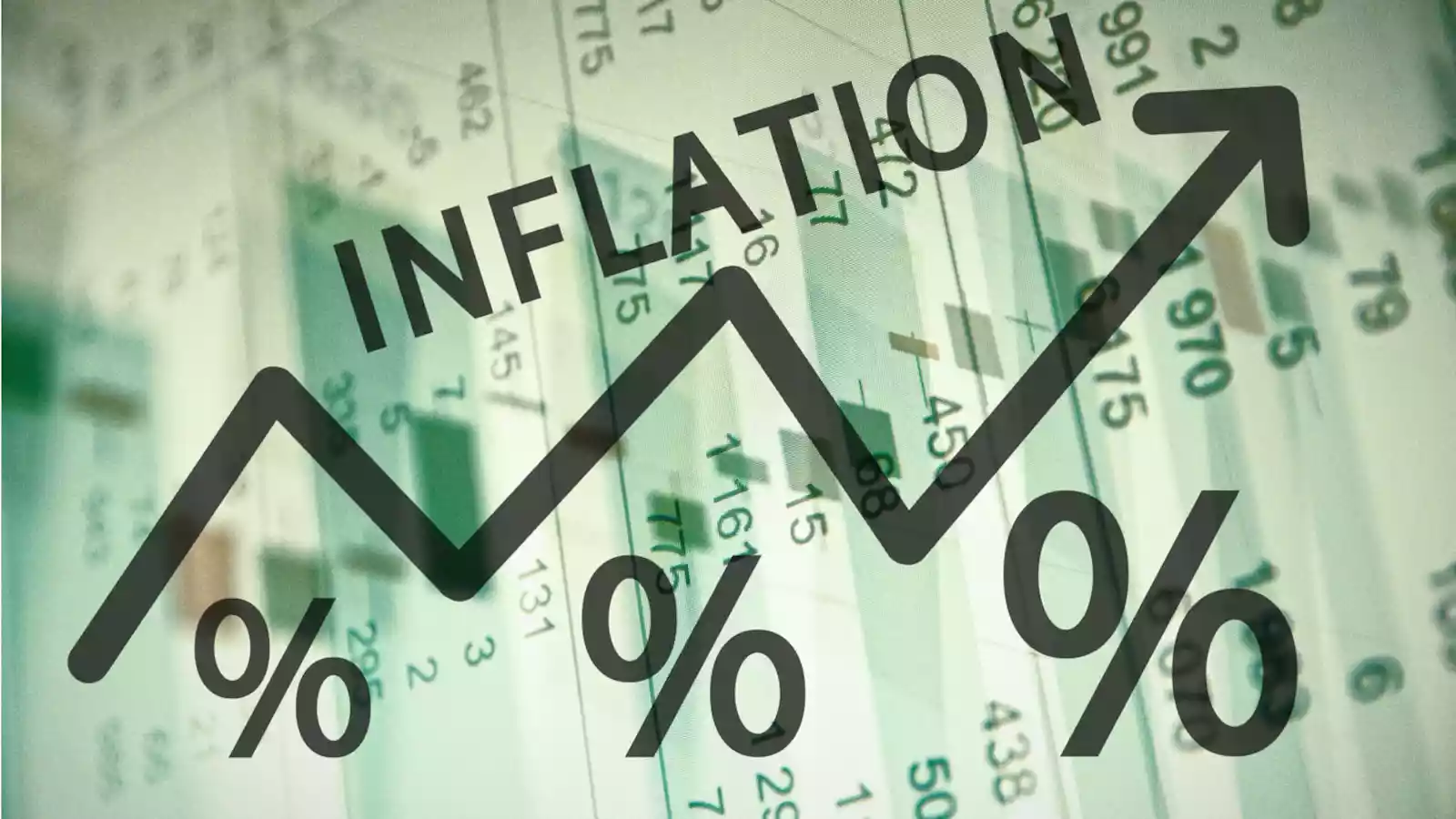
IN a recent move by the government to address inflation, Zimbabwe adopted blended inflation as its official inflation statistic through Statutory Instrument (SI) 27 of 2023. Zimbabwe had been using the ZWL based Consumer Price Inflation (CPI) as the official inflation statistic.
The new SI does not seek to abolish the ZWL as the official reporting currency, but rather to accept the reality of the USD having denominated the economy to unanticipated levels by the authorities in their de-dollarisation blueprint.
The CPI index measures the overall change in consumer prices based on a representative basket of goods and services over time. Zimbabwe continues to use the CPI index for general inflation movement.
However, the index now carries a stipulated weight of USD component as the economy imminently dollarises. Blended inflation is a combination of inflation for prices that are quoted in USD and inflation for prices quoted in ZWL.
The ZWL based CPI only measures changes in the prices of goods and services in ZWL prices, while the blended inflation considers the currency mix in the economy, that is, the proportion of ZWL used in the economy as well as foreign currency.
Assume the ZWL based prices move up by 20% in a month, while the USD prices decrease by - 1%, the weighted average inflation movement in this case will definitely be shy of 3%. This is due to the heavy weight of the USD. In February of 2023, month-on-month blended inflation came in at -1.6%, which is technically a deflation.
This is against a blended inflation growth of 0,7% in January. Despite a receding annual CPI in recent months, month-on-month inflation remained on an uptick due to exchange rate effects.
The decline in blended MOM inflation in February despite a 10% depreciation of the currency is reflective of the effect of a huge weight of US$ in the inflation bracket. Annual inflation came in at 92,3% from 101,5% in January.
- Assessing latest RBZ monetary policy stance
- Money printing fears abound. . .as govt turns to Treasury bills, bonds
- Collateral registry and access to credit
- ‘Govt to include PWDs in all development plans’
Keep Reading
Blended inflation is generally less volatile than the ZWL based CPI. The ZWL is largely affected by speculation, government actions and local money supply, which can make it difficult to predict future trends in ZWL based inflation.
Blended inflation, on the other hand, smooths out these short-term fluctuations and provides a more stable measure of long-term trends in inflation since the USD is a hard currency, meaning it is not likely to depreciate or fluctuate suddenly. This makes it easier for policymakers to make informed decisions about monetary policy.
However, the fact that blended inflation combines a hard currency and a highly volatile currency means there is a high chance of stabilising the overall inflation index, which then gives a false narrative about the general performance of one currency over the other. Assigning a bigger weight to a hard currency in a blended inflation mix means the volatility of the ZWL will not be reported in official statistics, and thus the currency will appear to have largely stabilised.
This may drive authorities to gross recklessness in local money injection as well as further loosening of the contractionary monetary policy at a time when the Zimbabwean dollar still remains the dominant currency for government transactions.
However, since market forces cannot be rigged by policy vernacular, any step towards increasing money supply will forthrightly drive up the magnitude of exchange rate loss. While policy makers and other relative decision makers may tend to focus on the blended inflation index going forward, it is now more imperative than ever before to pay particular attention to exchange rate movement in decisions that involve the ZWL.
On the upside, blended inflation provides better information about real economic growth than the ZWL-based CPI. Blended inflation provides a more accurate measure of real economic growth because it considers both the ZWL and USD based activities across the economy.
Duma is a financial analyst and accountant at Equity Axis, a leading media and financial research firm in Zimbabwe. — [email protected] or [email protected], Twitter: TWDuma_










